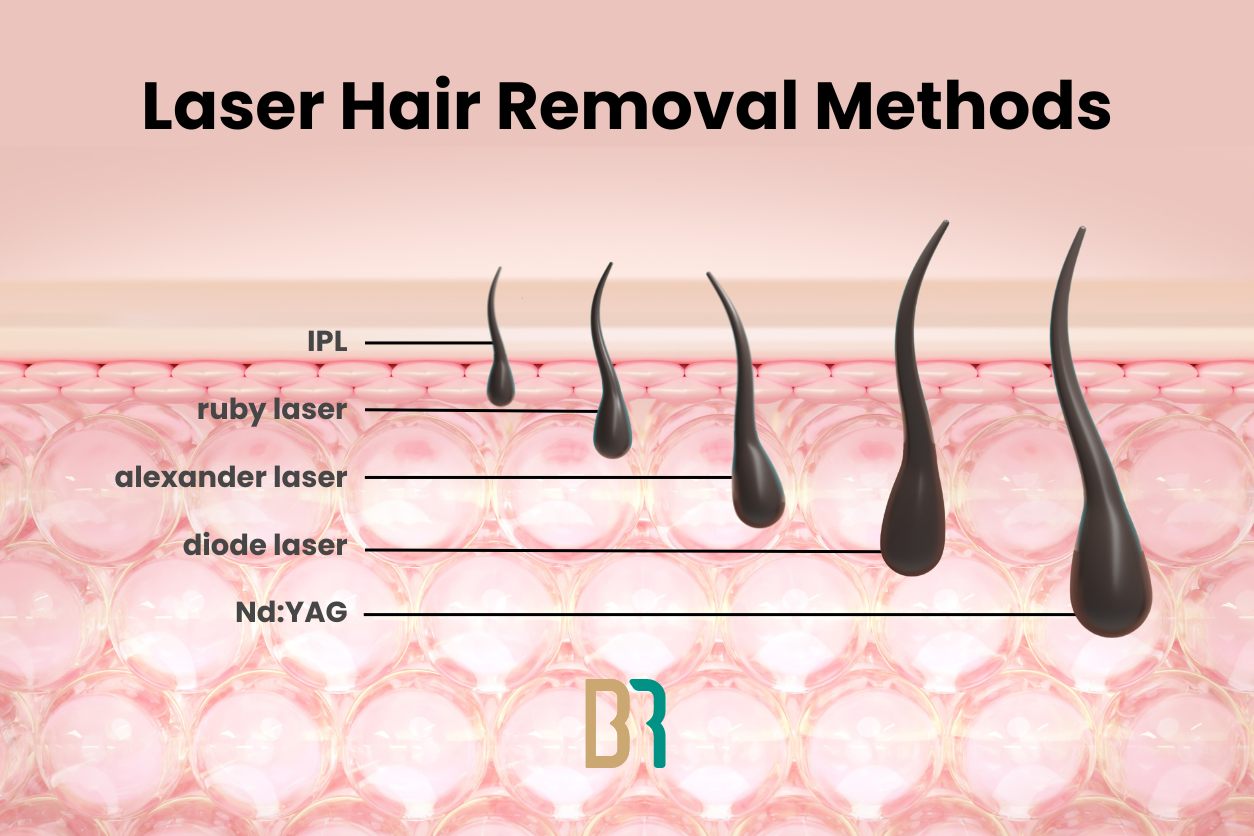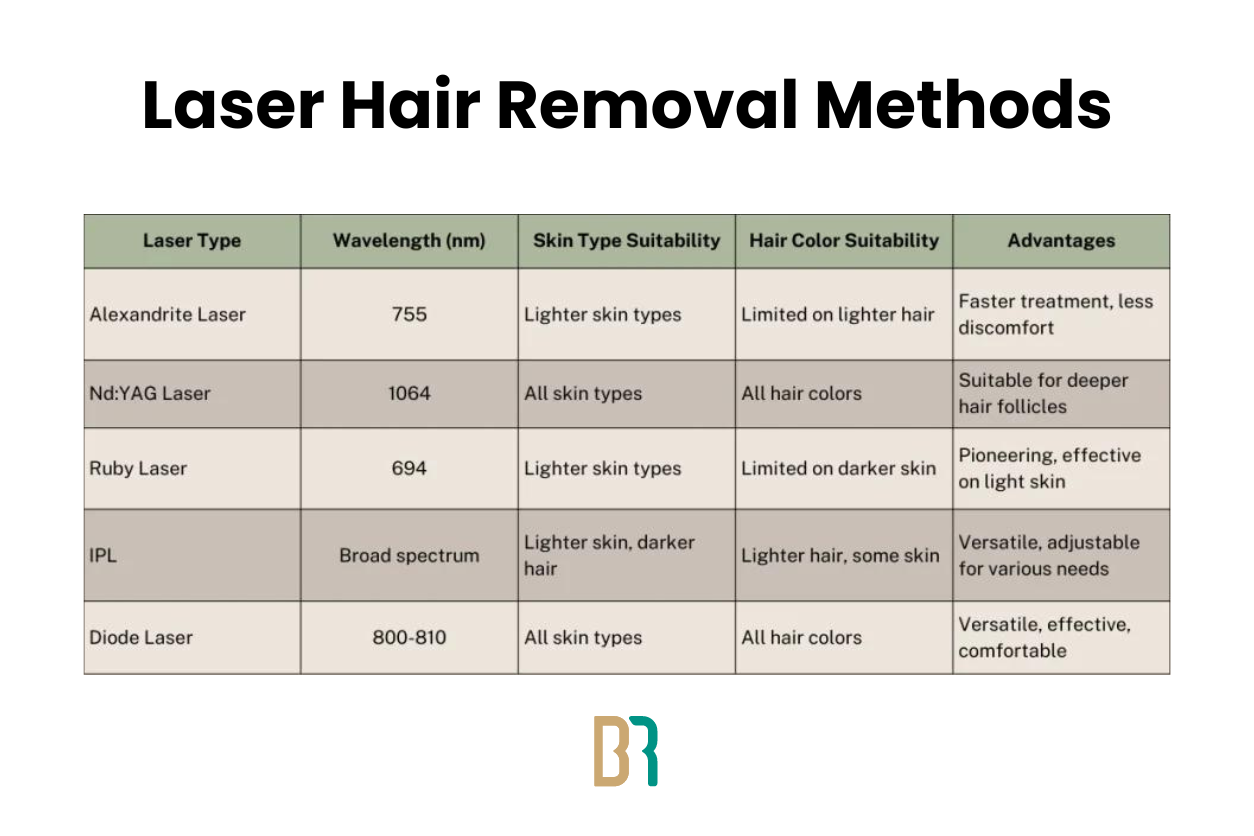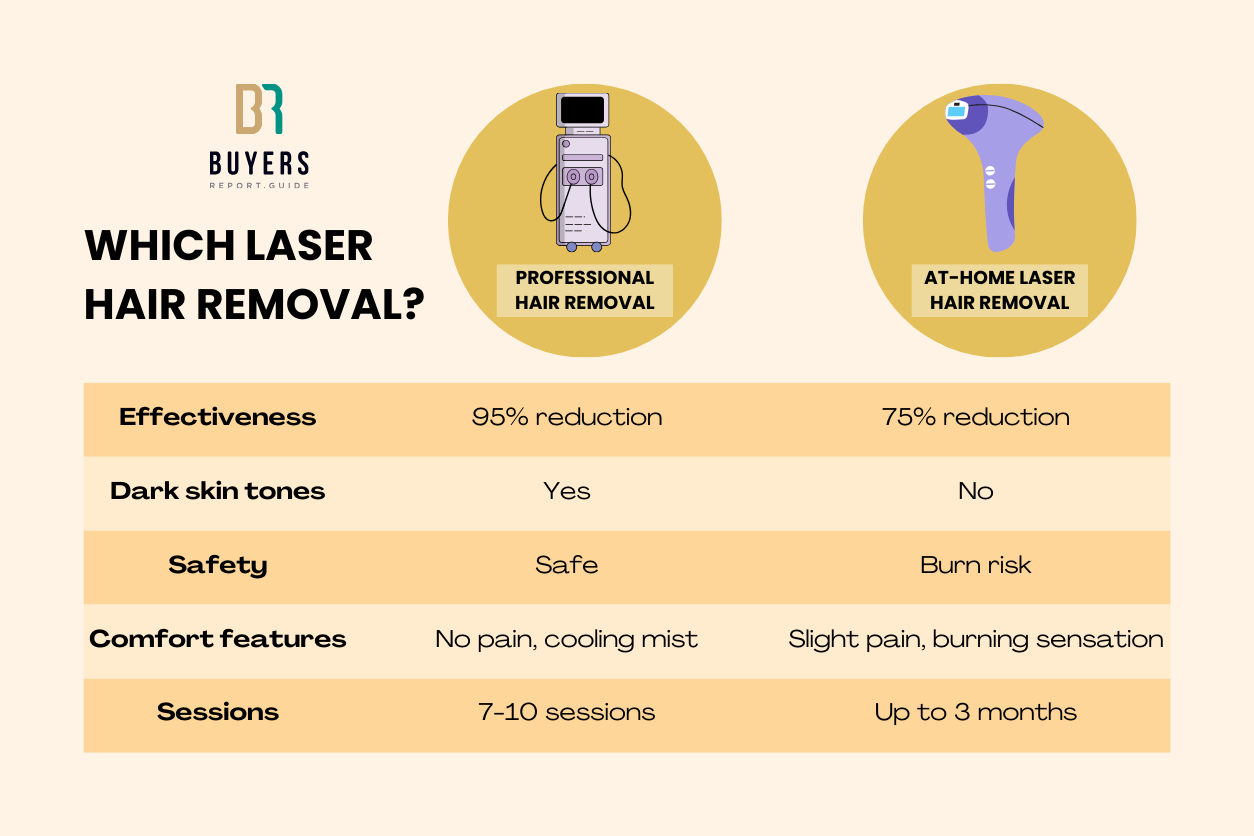Professional vs. At Home Laser Removal: Which One Is Better?
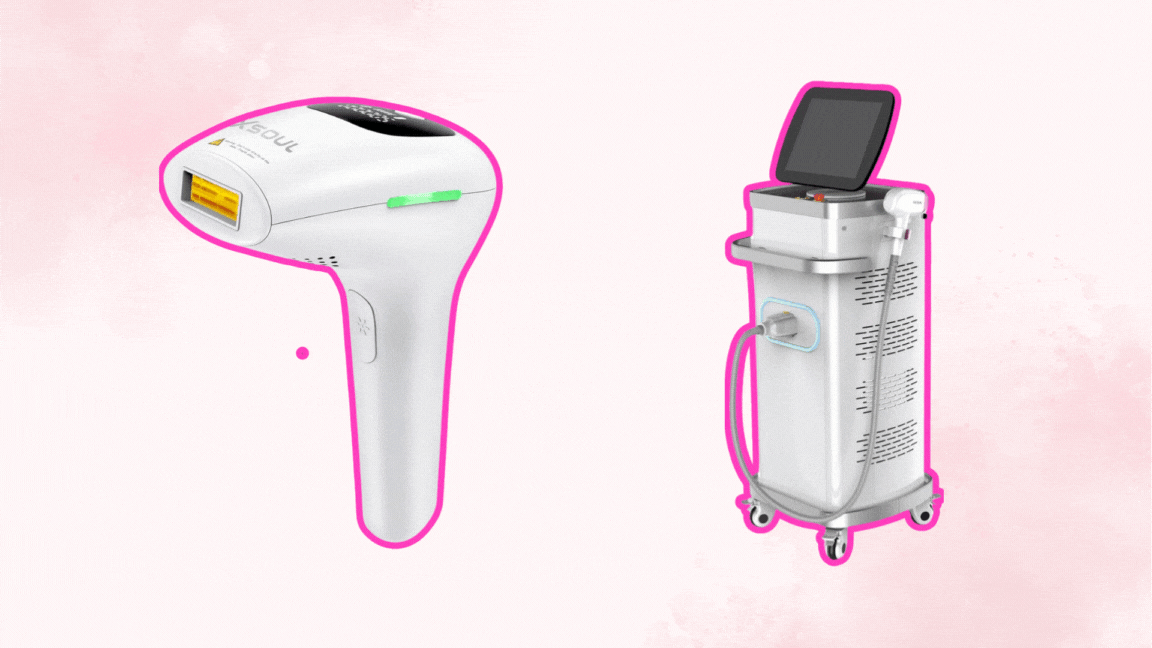
At Home Laser Hair Removal
So, let’s talk about the convenience of laser hair removal at home. It’s a pretty enticing option, especially if you’re looking to ditch the constant trips to the clinic. Here’s a detailed rundown to help you understand what’s involved and how to do it effectively.
At-home laser hair removal devices are designed to bring the power of professional treatments into the comfort of your own home. Unlike IPL (Intense Pulsed Light) devices, which use a broad spectrum of light, these laser devices use a single, focused wavelength to target hair follicles more precisely. This means they can be more effective in providing permanent hair reduction.
When selecting an at-home laser hair removal device, you’ll come across various brands and models. A couple of popular options are the Current Body device and the DermRays series. Both use an 810 nanometer diode laser, which is FDA cleared. The main differences between devices usually come down to price points and specific features.
How to Use At-Home Laser Hair Removal Devices
Preparation: Start by shaving the area you want to treat. This is crucial because you want the laser to target the hair follicle, not the hair above the skin. Avoid waxing or plucking as these remove the hair follicle, which the laser needs to be effective.
Settings and Safety: Follow the instructions that come with your device. Typically, you can adjust the intensity level. It’s wise to start at a lower setting to see how your skin reacts, especially if you have sensitive skin. These devices are designed with safety mechanisms to ensure they only activate on suitable skin tones and hair colors.
Application: Glide or stamp the device over the treatment area. Most devices will beep or flash to indicate they’re working. It’s usually advised to treat the same area multiple times in one session to ensure all hair follicles are targeted.
Frequency: The treatment schedule can vary slightly by device. For instance, some recommend using the device three times a week initially, then reducing the frequency over time. Always stick to the schedule outlined in your device’s manual to get the best results.
Laser Hair Removal for Dark Skin
The key challenge with laser hair removal for darker skin is the higher melanin content. Melanin is what gives skin its color, and the more melanin present, the more the skin will absorb the laser’s energy. This can lead to unwanted side effects like hyperpigmentation (dark spots) or burns if not done correctly. The good news is that with the right type of laser and an experienced practitioner, these risks can be minimized.
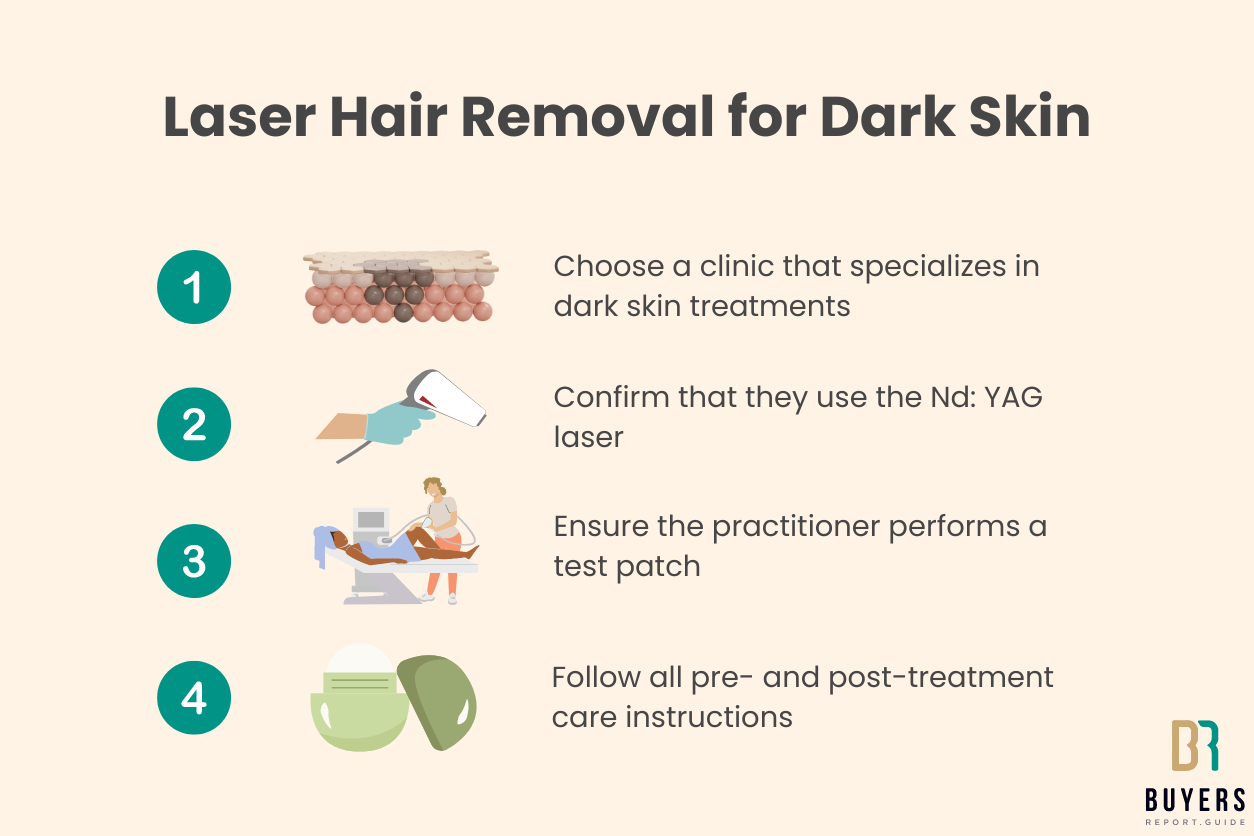
The Nd: YAG laser is considered the gold standard for darker skin tones. It operates at a wavelength of 1064 nanometers, which penetrates deeper into the skin, bypassing the higher melanin concentration in the epidermis and targeting the hair follicle directly. This makes it much safer and effective for individuals with dark skin.
Choosing the right clinic and practitioner is crucial. Do your homework on the practitioner you choose and make sure they are well-versed in treating darker skin tones and uses the Nd: YAG laser. Before starting full treatments, a test patch is often performed to see how the skin reacts. This step can help tailor the energy levels to your specific needs, reducing the risk of adverse effects.
To further protect your skin, cooling techniques are often used. These can include cooling gels, sprays, or even cooling plates on the laser device. This helps soothe the skin during treatment and reduces discomfort and the risk of burns.
Laser Hair Removal Q&A
What is laser hair removal and how does it work?
Laser hair removal is a method that uses concentrated light to target and destroy hair follicles. The laser emits pulses of light absorbed by the pigment in the hair, effectively damaging the follicle and preventing future growth. It’s a popular choice for those looking for a more permanent solution compared to shaving or waxing. The process is typically spread out over several sessions to ensure all hair follicles are treated during their growth phases.
Is laser hair removal safe for all skin types?
Laser hair removal has advanced significantly and is now safer for a wider range of skin tones. Initially, it was most effective on people with light skin and dark hair, but newer technologies can treat various skin types more safely. It’s always best to consult with a professional who can recommend the most appropriate laser for your specific skin and hair type.
Is Laser Hair Removal Permanent?
Even though the bulk of the hair is gone, I do see some fine hair regrowth, especially in areas like my legs. However, it’s nowhere near the hassle it used to be. Occasional maintenance sessions can keep things in check, but they are far less frequent and less intense than the initial treatments.
Does laser hair removal hurt?
Pain tolerance varies from person to person, but many describe the sensation as similar to being snapped with a rubber band. Some areas of the body are more sensitive than others, so you might feel more discomfort in those spots. To help manage the sensation, many clinics use cooling devices or topical anesthetics. Over time, as the hair becomes finer and less dense, the treatments tend to become less painful.
How many sessions are needed for laser hair removal to be effective?
Most people need between six to eight sessions spaced about four to six weeks apart. This schedule aligns with the hair growth cycle, ensuring that all follicles are targeted. Some might need maintenance sessions annually or semi-annually, especially if they have hormonal changes that affect hair growth.
Can I use at-home laser hair removal devices instead of going to a clinic?
At-home devices are available, but they typically use lower energy levels than professional machines, making them less effective. They can be a good option for maintenance between professional sessions but might not provide the same level of hair reduction. Additionally, using these devices improperly can lead to skin irritation or burns. It’s worth considering a professional consultation to weigh the pros and cons based on your needs.
What areas of the body can be treated with laser hair removal?
Laser hair removal can be performed on almost any area of the body where you have unwanted hair, including the face, legs, arms, underarms, back, chest, and bikini area. However, it’s not recommended for the eyelids or surrounding areas due to the risk of eye injury.
Is laser hair removal expensive? Is it worth the investment?
The cost of laser hair removal varies based on the area being treated and the number of sessions required. While it may seem pricey upfront, many find it a worthwhile investment compared to the recurring costs of waxing or buying razors. Over time, the reduction in hair growth and the convenience of not needing to shave or wax frequently can make it cost-effective.
How do I prepare for a laser hair removal session?
Preparation for a session involves avoiding sun exposure and tanning for at least four weeks before treatment, as tanned skin can increase the risk of side effects. You should also avoid waxing, plucking, or using hair removal creams for six weeks prior, as these can remove the hair root, which is needed for the laser to be effective. Shave the area to be treated 24 hours before your appointment to ensure the laser targets the hair follicle directly.
What should I expect after a laser hair removal session?
Post-treatment, it’s common to experience some redness and swelling, similar to a mild sunburn. This usually subsides within a few hours to a couple of days. Avoid sun exposure and use a broad-spectrum sunscreen to protect the treated area. You might also notice some shedding of hair in the treated area over the next few weeks, which is a sign the treatment is working.
Elevating the Shopping Game
Our platform offers in-depth reviews and analyses across various product categories, empowering you to shop with confidence and precision. Here, transparency and detailed research pave the way for smart choices that reflect your needs and values. Join our community and elevate your shopping experience from buyer to expert, one report at a time.
